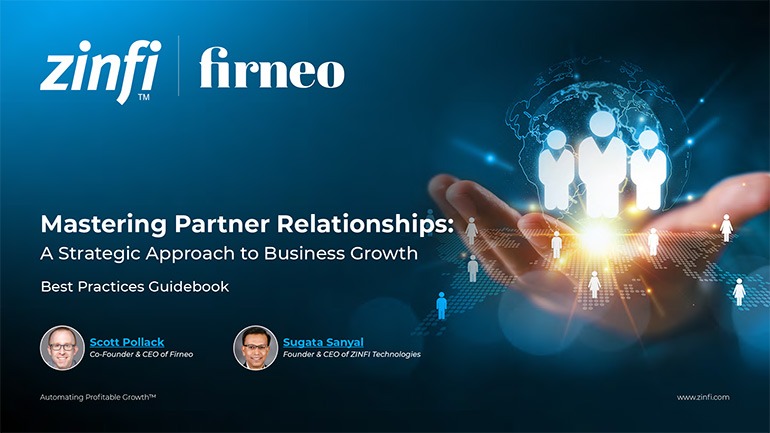In the company’s early days, the founding team tackled a challenge bigger than launching a product—they set out to create a workplace with purpose and soul. While many startups accidentally let culture form, this team deliberately designed it. That decision marked their first step into the art of scaling.
The team mirrored their approach to building culture on how great software designers carefully map every detail of the user experience. They gave equal attention to the employee experience—structuring onboarding processes and meetings with intention. They designed every interaction deliberately, aiming for operational excellence and an ecosystem that encouraged collaboration, resilience, and meaningful performance.
In a cramped, one-bedroom apartment, five team members worked elbow-to-elbow. While space was limited, their shared sense of mission, communication habits, and rituals made a significant impact. Culture wasn’t a vague concept or HR buzzword—it was a lived experience guiding their daily actions. This hands-on, behavior-driven model was foundational in mastering the art of scaling.
Hiring decisions, management styles, and exit strategies all reflected the culture. The team didn’t just hire smart people—they chose individuals who thrived in uncertainty and embraced the company’s values of usability and simplicity. Like product teams that streamline features for clarity and speed, they stripped away bureaucracy and flattened hierarchy to build a lean, people-centered workplace.
This culture of usability and discipline—built from shared intent—gave the organization a unique ability to thrive even in chaotic conditions. It wasn’t about being casual; it was about disciplined simplicity. This early emphasis on cultural design proved essential, laying the foundation for future growth and embedding key principles of the art of scaling into the company’s DNA.














